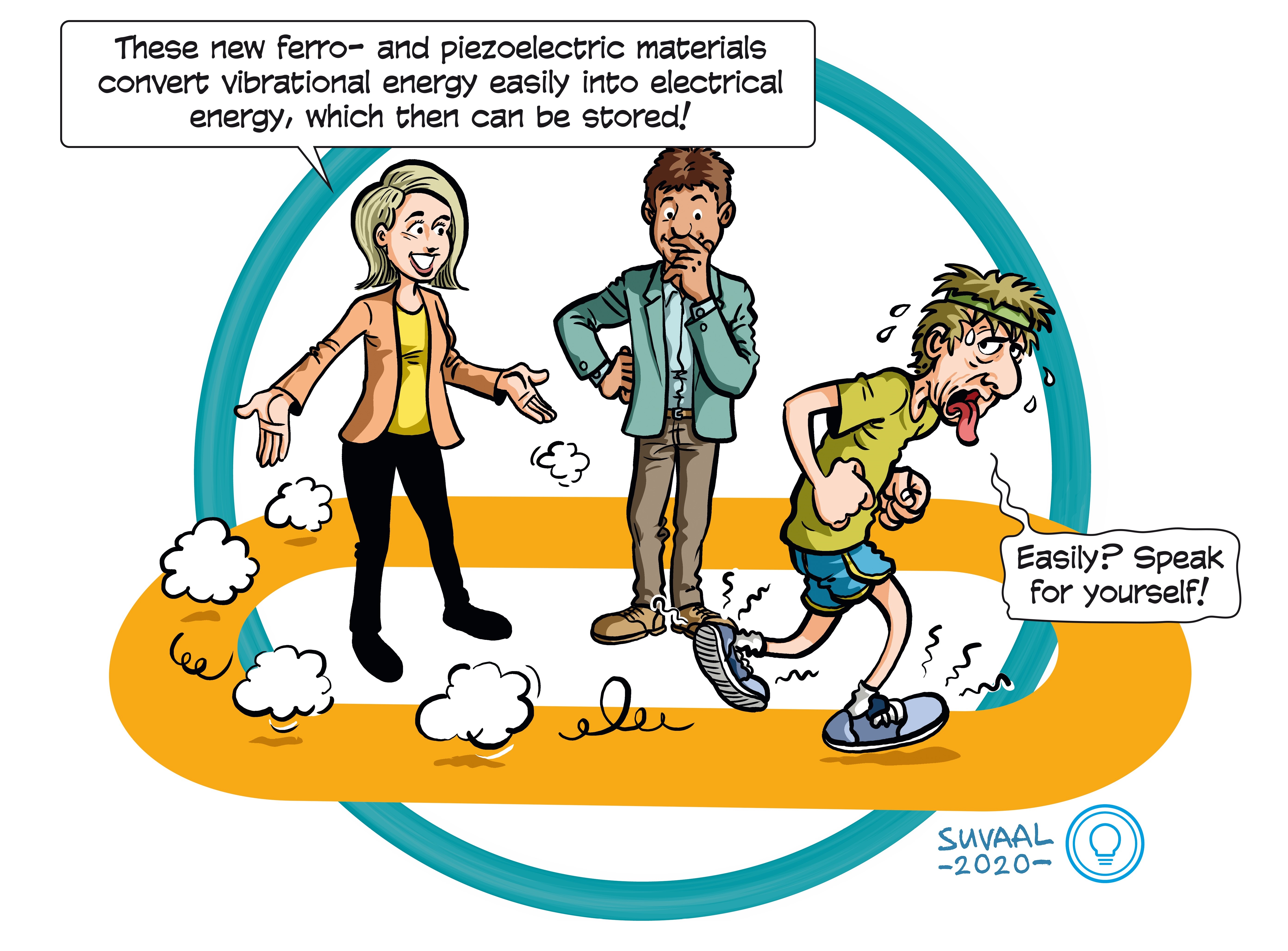MemoMOFEnergy; designing ferroelectrics
Themes: Materials, Science, Electronics, High tech


A TRL is a measure to indicate the matureness of a developing technology. When an innovative idea is discovered it is often not directly suitable for application. Usually such novel idea is subjected to further experimentation, testing and prototyping before it can be implemented. The image below shows how to read TRL’s to categorise the innovative ideas.
Summary of the project
The researcher aims to develop new ferro- and piezoelectric materials based on metal-organic frameworks. Metal-organic frameworks are crystalline materials that constitute a huge playing ground for materials’ scientists as there is almost unlimited choice in the organic and metal-containing building blocks that build up the nanoporous 3-D framework in a Lego-like fashion. A very large variability in chemical functionalities can hence be achieved. We specifically build in polar units into the frameworks, that can “turned around” by use of an electric field. Via the electrical field we can hence change the polarity of the material, and as we can assign a (1) bit and a (0) bit to either polar state, they can be used as memories. More specifically they would be called ferroelectric memories. The electric field then acts as a door handle controlling the framework.
These polar materials, can moreover convert vibrational energy (caused by mechanical movement, e.g. walking over the material) into electrical energy. Hence, they can be used as an energy source for all kind of devices, making the use (and regular replacement) of batteries unnecessary. Such materials would be relevant as memories and energy sources for wireless devices in the Internet of Things. With regard to energy, this is very relevant for devices who are placed in dark environments, (otherwise a miniature solar cell could be used).
What's next?
When the researcher has been able to design and alter the ferroelectrics the next step is to apply these in a device. That would require a very small flexible electrode and a small vibrating element determining the amount of electricity it can generate. As with regard to the memories to make a 3x3 memory device in which 9 bits can be stored.
Dr. Ir. Monique van der Veen
Prof. F.X.-Coudert
Dr. B. Civallieri
Prof. dr. ir. P. Groen (†)
TU Delft Process Technology Institute (DPTI)
Faculties involved
Applied Sciences
